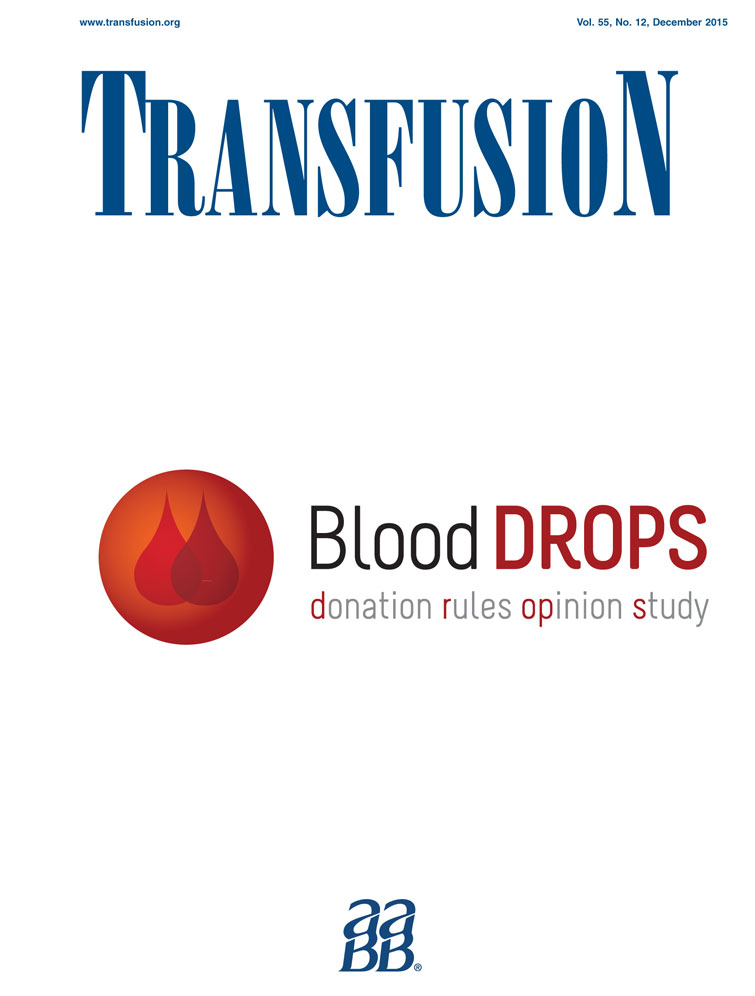Effects of teriparatide retreatment in a patient with β-thalassemia major
Abstract
BACKGROUND
Bone disease is a frequent complication of β-thalassemia major (β-ΤΜ) and its etiology is multifactorial. Marrow expansion, chronic hypoxia, endocrine complications, and iron overload caused chiefly by chronic transfusion treatment are significant factors affecting skeletal health. Bone disease is prevalent even among patients on regular transfusions and adequate iron chelation. The life expectancy of patients with β-thalassemia has increased during the past decade and so, nowadays, patients with thalassemia-associated bone disease (TBD) often require long-term management. There are limited data concerning their pharmacologic treatment. Bisphosphonates represent the most widely studied agents in such patients and there are no published studies about the effects of anabolic treatment. Retreatment with teriparatide has only occasionally been studied in patients with osteoporosis.
CASE REPORT
We present a male adult patient with β-ΤΜ with a history of low bone mass and multiple vertebral fractures, who required sequential treatment for his longstanding bone disease. He had exhibited considerable, albeit delayed, response to a course of teriparatide treatment for 18 months but subsequently, and while on alendronate, sustained an insufficiency fracture at the left ischiopubic ramus. A second trial of teriparatide treatment resulted in further remarkable increase in total hip and femoral neck bone mineral density. We present the patient's response to sequential treatment during an 8-year follow-up.
CONCLUSION
Teriparatide could represent an alternative treatment for adults with TBD especially when long-term, sequential treatment is needed. Although there are limited data concerning retreatment, in selected cases, this might be considered.




